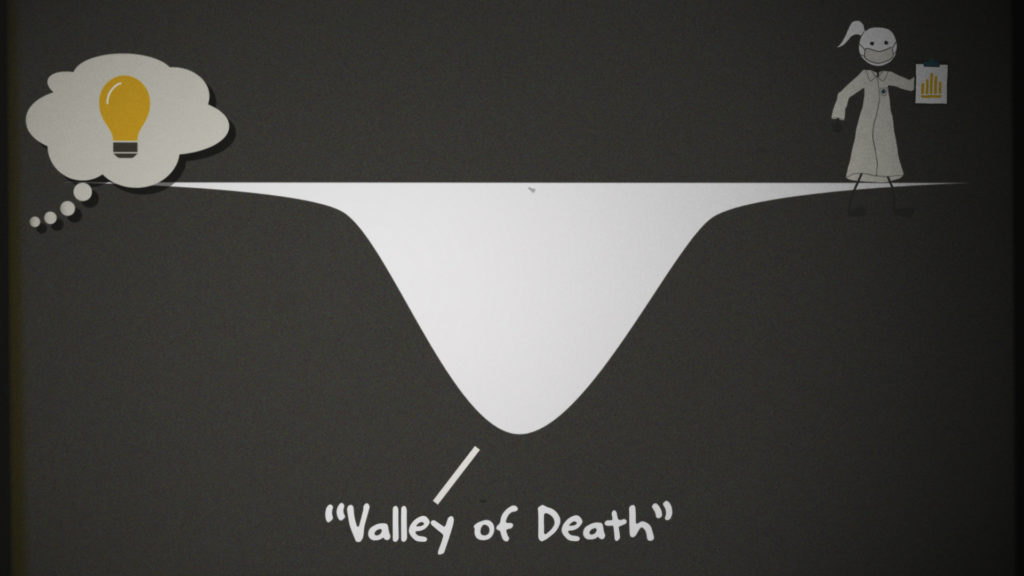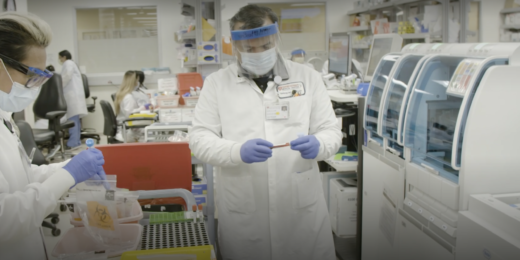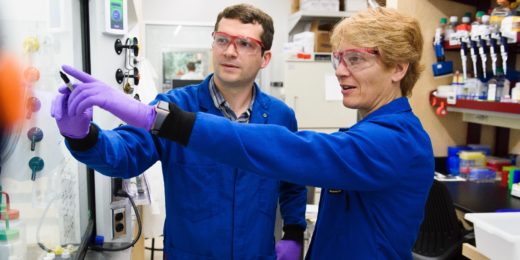Back in 2019, I was involved in a team tasked with developing innovative ways for Stanford to help investigators translate their good ideas into effective drugs. (I was there in my communications role, to eventually write about the team's work and otherwise support their efforts). Those months of meetings provided me with a fascinating deep dive into the world of developing medicines.
Short version: It's hard.
Longer version: A bunch of Stanford faculty have succeeded in getting their ideas to clinical trials in humans, and Stanford provides some useful resources to make that possible. But it's still hard and expensive and those challenges can turn some people away.

The group included many of those faculty who have succeeded and who run some of the programs that help make that success possible. Hearing their challenges and frustrations was eye-opening for me. I guess I figured getting drugs to clinical trials was a well-trodden path for academics who are so inclined. But I learned that it's a path without many signposts for guidance, and more than a few hurdles.
The end of that process resulted in what's now known as the Innovative Medicines Accelerator (IMA). The IMA built on existing resources at Stanford and focused on bridging gaps. They've already started putting some programs in place to help investigators develop medicines, and in fact those programs -- which include gathering blood samples from people with and without COVID-19 to test existing drugs -- have already been helpful in addressing COVID-19.
I recently wrote about the IMA, which was kind of like writing about your child's graduation -- they've come so far! It's exciting to see the transformation from a collection of good -- if unformed -- ideas to an operation that's now critically involved in important COVID-19 work.
In the story, I quote Chaitan Khosla, PhD, professor of chemistry and co-director of Stanford ChEM-H, who is leading the IMA. He said:
Our programs were envisioned before our new priority came along, and that's the COVID-19 pandemic. The scale of what Stanford researchers have accomplished in the past two-and-a-half months is unprecedented. Where we are today might not have been so powerful if not for the efforts of people associated with the IMA.
Even more than seeing the initiative grow and thrive, I'm excited about the kinds of new medicines they'll be able to help faculty develop. If they succeed in speeding the timeline and lowering the cost of making those medicines -- and in producing more effective drugs -- that will be something to celebrate.
Photo and video by Farrin Abbott






